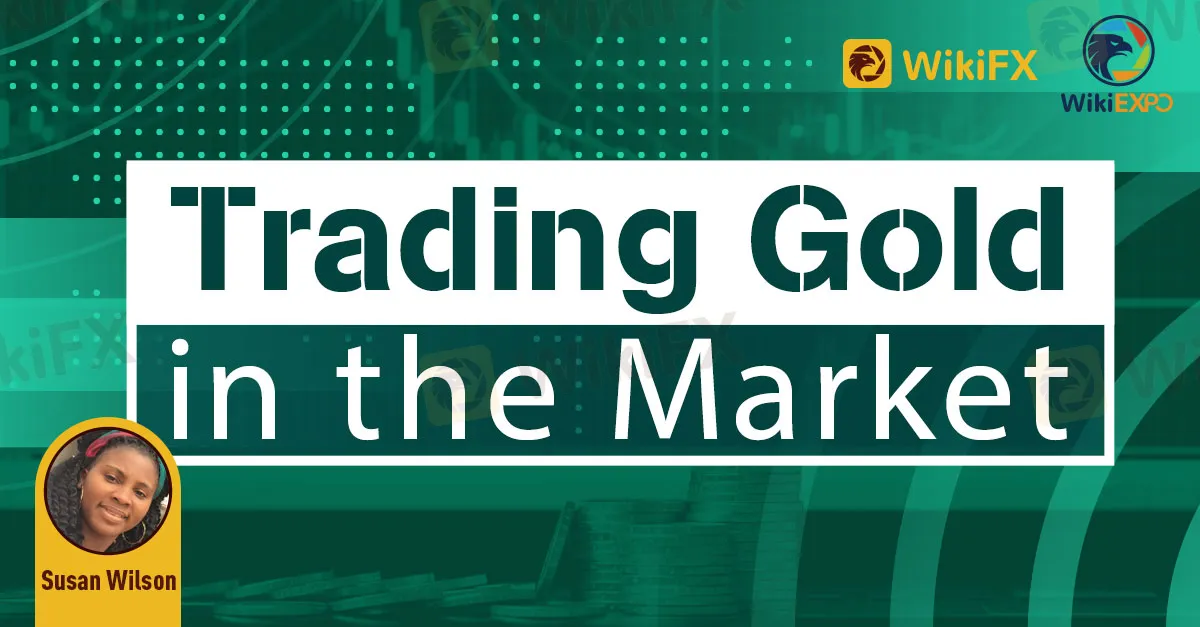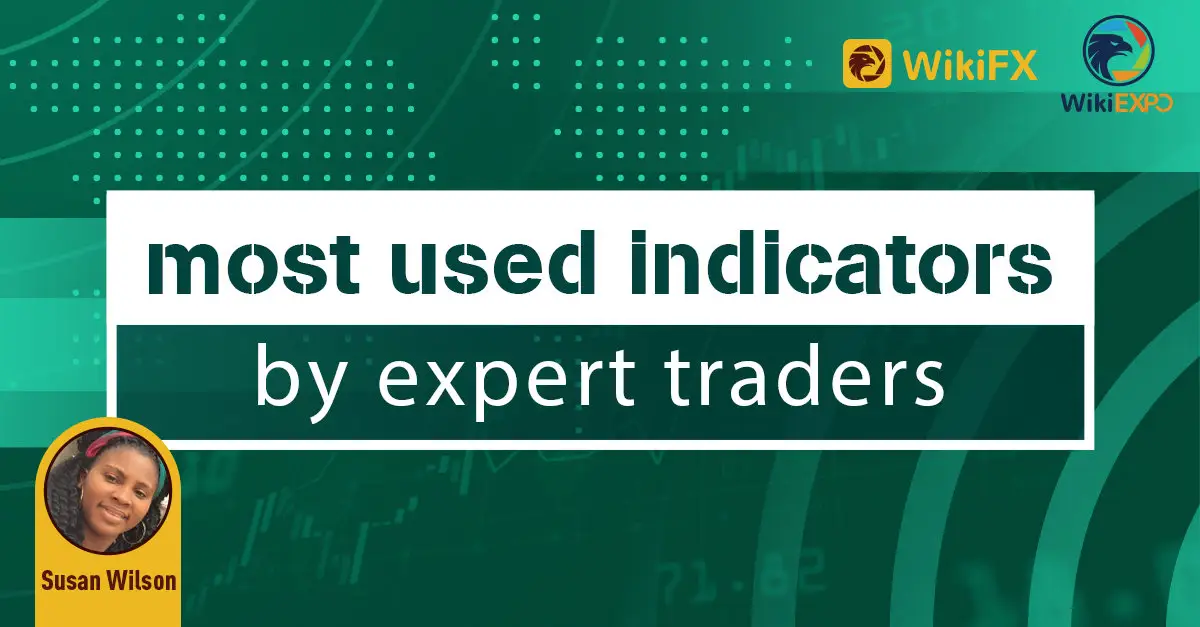简体中文
繁體中文
English
Pусский
日本語
ภาษาไทย
Tiếng Việt
Bahasa Indonesia
Español
हिन्दी
Filippiiniläinen
Français
Deutsch
Português
Türkçe
한국어
العربية
Trading Gold in the Market
Abstract:Whether it is tending on the bullish or bearish side of the chart, the XAU/USD market provides huge liquidity and tremendous leverage to gain in almost all situations as a result of its special position within the World’s political & economic systems.

Whether it is tending on the bullish or bearish side of the chart, the XAU/USD market provides huge liquidity and tremendous leverage to gain in almost all situations as a result of its special position within the Worlds political & economic systems. Even though many people choose to own the metal once and for all, forecasting via the futures, options, and equity markets gives tremendous leverage with little risk.
Market players usually fall short of taking adequate advantage of fluctuations in the gold price as they haven‘t understood the global gold markets’ distinctive characteristics or the unforeseen pitfalls that can lessen profits. Also, not all investment options are designed equally. A number of gold instruments are more likely to produce regular bottom-line yield compared to others.
Gold trading is not hard to get the hang of, but learning it requires some skills that are peculiar to the commodity. Beginners have to start slowly, but skilled investors will do better when they incorporate the following strategic steps into their everyday trading operations. Meanwhile, beginners can still practice until the intricacies of the Gold market becomes second-hand.
What Influences Gold

Being one of the earliest currencies on planet Earth, Gold has enmeshed itself intensely into the operations of the financial World. Virtually every individual has different things to say about gold, but the metal itself responds to only a small number of price catalysts. Greed & fear, inflation & deflation, supply & demand are some of the catalysts that impact the volume, sentiment, and trend intensity of gold.
Market participants experience increased risk when they trade this precious metal against any of these catalysts. For instance, assume a sell-off enters the global financial market, and gold picks in a tough rally. Many traders imagine that fear is influencing gold price, and they will decide to trade in the precious metal, believing the fearful crowd will take the price higher. Instead, inflation may have influenced the dip in price, drawing a more technical crowd that will sell strongly in opposition to the Gold rally.
A mix of these forces is ever-present in the global market, generating long-term themes that monitor uptrends and downtrends that are also long. For instance, the Federal Reserve economic stimulus started in 2008, at first, having little effect on gold due to market participants putting their attention on the intense fear level produced by the 2008 economic collapse. Yet, this quantitative easing promoted deflation, making the gold market and respective commodity groups experience a significant reversal.
The reversal didnt occur spontaneously because a reflation bid was about to be issued, with declining financial and commodity-based assets returning to historical trends. Gold later went up and down in 2011 after deflation ended and central banks stiffened their quantitative easing protocols. VIX eased to lesser levels simultaneously, indicating that fear was not a major market mover anymore.
Know The Crowd

Gold draws in a large crowd with different and usually contrasting interests. Gold bugs remain at the top of the scale, amassing physical bullion and designating a huge portion of family assets to options, gold equities, and futures. These assets, which run in the long-term, are hardly influenced by trends that later remove less dogmatic players. With that, retail players consist of almost the whole population of gold bugs, with small funds dedicated entirely to the buy-side of the precious metal.
Gold bugs contribute huge liquidity while maintaining a floor below futures and gold stocks as they offer a steady supply of buying interest at lesser costs. They also facilitate the opposing purpose of enabling adequate entry for short-sellers. This occurs mostly in the greed & fear markets when an individual opts out of the three main forces consolidated due to strong buying pressure.
Besides that, gold draws huge hedging activity due to corporate investors who trade in conjunction with currencies & bonds using consensual strategies referred to as “risk-on” and “risk-off”. Funds generate receptacles of instruments comparing growth and safety (risk-on & risk-off), trading both combinations via high-speed algorithms. They are very common in greatly indisposed markets where participation from the outside is less than it should be.

Study the Long-Term Chart
Endeavor to have a deep understanding of the gold chart, beginning from its long-term history that dates back to at least 100 years as well as etching out trends that lasted for decades. Gold has also declined more for a very long period, denying returns to gold bugs. From a standpoint, the analysis spots price levels that should be monitored for the precious metal to test them.
The recent history of gold depicts small movements until in the 1970s when after the displacement of the gold standard from the dollar, it began with a long uptrend, undermined by increasing inflation due to the extremely high prices of crude oil. After reaching $2076 per ounce in February 1980, it dropped again to about $700 in the middle of that same year, in effect to onerous Federal Reserve Monetary scheme.
The ensuing downtrend continued until the late 1980s when gold reached the notable uptrend that peaked in February 2012 to over $1916 per ounce. A consistent reduction right from then has forgone about 700 points within 4 years, though in the 1st quarter of 2016, it rose 17% for its largest quarterly profit within 3 decades. While in March (2020), it traded for $1618 an ounce.

Pick your Venue
Liquidity tails gold trends hiking when moving very high or low and declining during comparably still periods. This swaying influences the futures markets to a greater extent than equity markets due to a much lesser average involvement rate. The latest products offered by CME Group in Chicago in recent times have not improved this equation greatly. CME provides 3 main gold futures, which include the 50-oz E-mini contract, the 10-oz E-micro contract, and the 100-oz full contract, introduced as of October 2010.
Disclaimer:
The views in this article only represent the author's personal views, and do not constitute investment advice on this platform. This platform does not guarantee the accuracy, completeness and timeliness of the information in the article, and will not be liable for any loss caused by the use of or reliance on the information in the article.
Read more

For ex market and trading bots
The world of forex trading is a complex world of currencies, commodities, index funds, and many other assets and indicators that can wipe all your money in seconds if you are not up to date with market conditions, international trends, events, and simply what the US president saying this morning.

The USD Analysis In clash With The Fed's Monetary Policy
What will happen to the USD pair in the days to come ?

Most Used For ex Indicators by Expert Traders
We are all aware of the buzz of how huge the forex market is, it is worth trillions. Yet, loss is so common with beginning traders while expert traders make lots of profits from their trades. Following every advice, tip and insight could be blamed for the loss beginning traders face. However, it all bounces back to the experience. The one thing that helps expert traders make big profits.

How to Identify and Avoid For ex Scams
Do you know the Forex market is the largest financial market in the world, with over $5 trillion traded every single day? At the click of a button you can instantly trade on hundreds currencies, including the US dollar, Euro, British pound, Japanese Yen, etc.
WikiFX Broker
Latest News
Japan to Take Action to Stabilize the Yen
Ringgit Remains Flat Amid Holidays, US Debt Concerns Loom
Taurex: Is it Safe to Invest?
Vietnamese Police Bust $1.2 Million Crypto Fraud Case
WikiEXPO Global Expert Interview: Loretta Joseph——Unlock the forefront of digital finance
XTB Receives Licenses to Operate in Indonesia & UAE
SEBI Bans Big "Finfluencers for Misleading Investors"
WikiFX New Year Bash: Chance to Win 70 USDT
Malaysia’s Securities Commission Enforces Ban on Bybit & Its CEO
Will Gold Shine Brighter in 2025?
Currency Calculator






